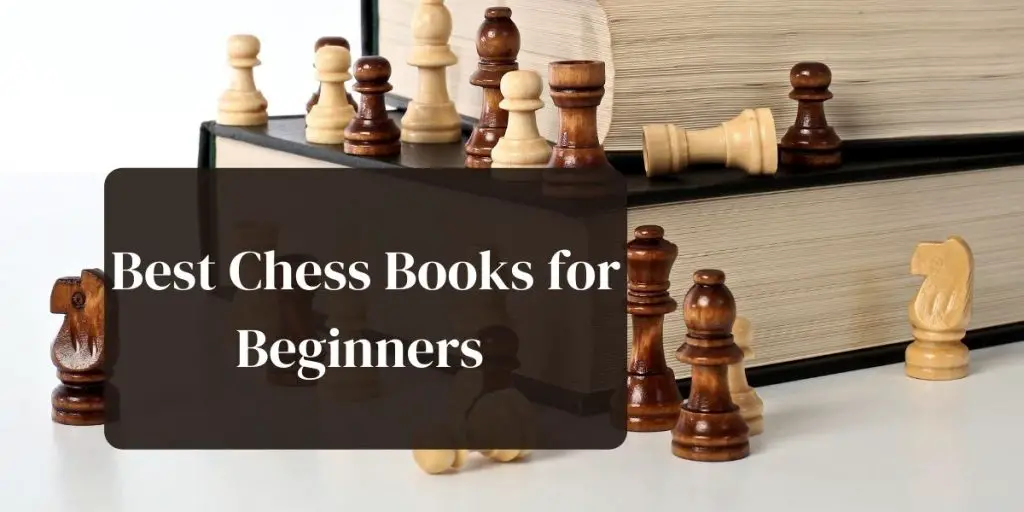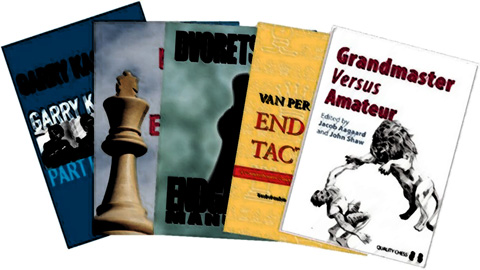

With the chess engine's assistance, it was easy to see that the authors' tactical analysis was not always correct, but it was surprisingly accurate most of the time. I played through them on my iPad with Smallfish, an app that uses the top-rated Stockfish engine for evaluation. That means it's best to play through the games over a chess board or with a computer program so that it's easier to follow the game with all of the variations, and there are a ton of variations in the analysis. Packing that many games with commentary into a little over 200 pages didn't leave much space for diagrams, so each game would only get 3-5, depending on the game length. The progression that chess took was quite fascinating. These early games are a huge contrast to what came later. Most of the pieces in this game that had moved were also traded off, and the resulting board position looks ridiculously unbalanced. You can see from stepping through the game that early on, players did not understand opening development very well, and if checks were available, they were pounced upon even if they served no useful purpose. The first game had a clearly different style than later ones, as we can see here: I was a bit worried that I wouldn't be able to pick up on the stylistic changes to the games, but the authors did an excellent job picking good examples of the style of each time period and explaining the nuances of each game.

With 61 games in all, it was a fascinating tour of chess. Then a number of example games are presented to show how those style developments influenced the play, changed the course of the game, and brought us to where modern chess is today. Max Euwe and John Nunn take us from the early 1600s with games unearthed from manuscripts written by Greco, through a parade of grandmaster and world champion games to the then-present day of Garry Kasparov, Viswanathan Anand, Vladimir Kramnik, and Veselin Topalov.Įach time period is introduced with a few pages explaining who were the strongest players of the day, and how they went about discovering new facets of the game and moving it forward with improvements and discoveries in positional play, tactical calculations, and precise technique. It was written by two prolific chess authors and grandmasters. This book is not so much about learning or improving at chess, but discovering the rich history of chess and how the game changed and grew throughout the centuries. Besides, one of these books is more about the history of chess, so it's only downside to being older is that it doesn't include more current developments. Chess as a game is still progressing and theory changes, but the fundamentals are solid. That doesn't mean they're obsolete, because plenty of good chess books are also classics. Both of these books are somewhat older, being written in 19, respectively. Now I'll put that new feature to use while discussing a couple of chess books I've read recently: The Development of Chess Style by Max Euwe and John Nunn and Chess Endings: Essential Knowledge by Yuri Averbakh.
ESSENTIAL CHESS BOOKS HOW TO
I thought it would be fun to review and compare some of them, which is why I explored how to add JavaScript chess boards to the blog in my last article. I've been getting back into chess lately, after taking a break for a couple years, and to get back up to speed, I've been reading quite a few chess books.


 0 kommentar(er)
0 kommentar(er)
